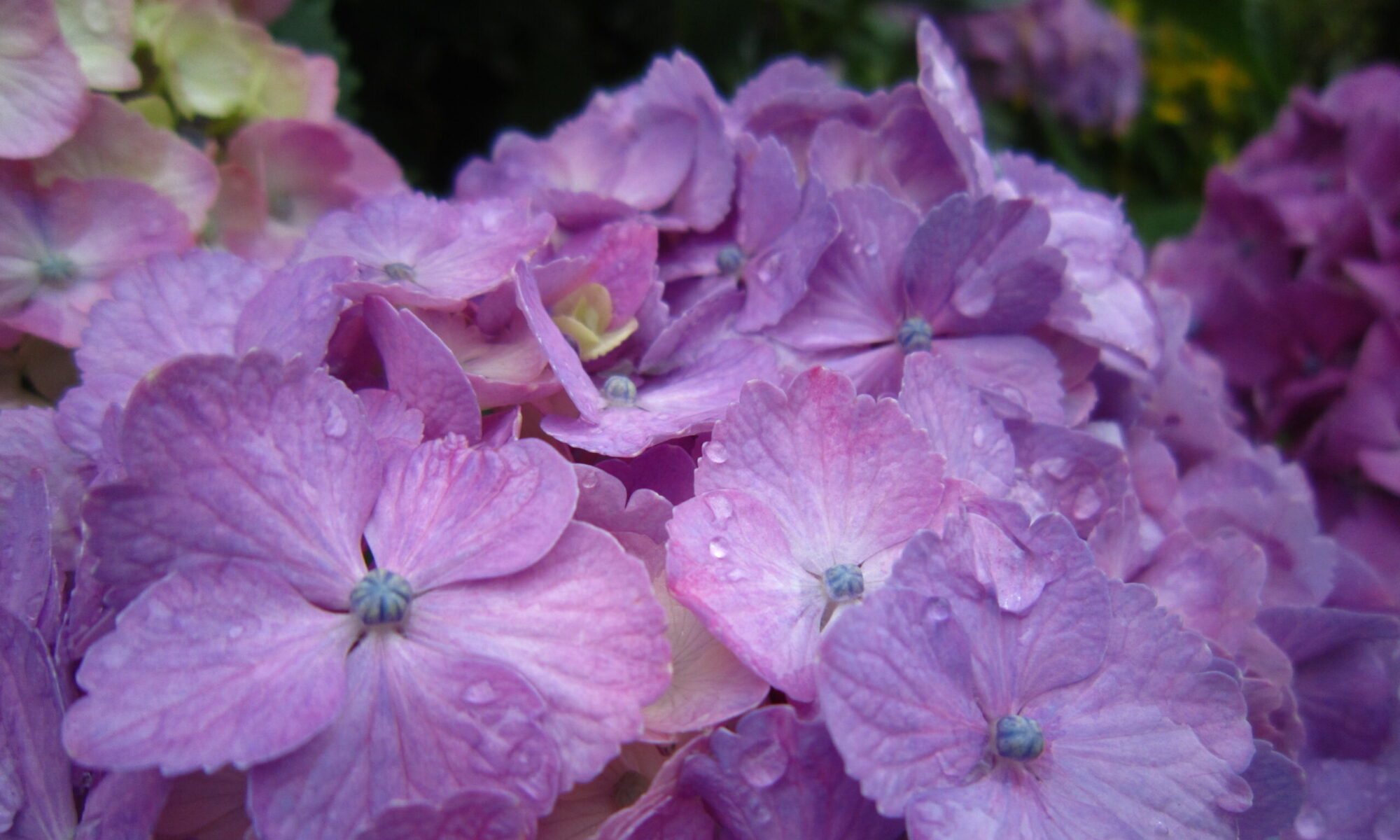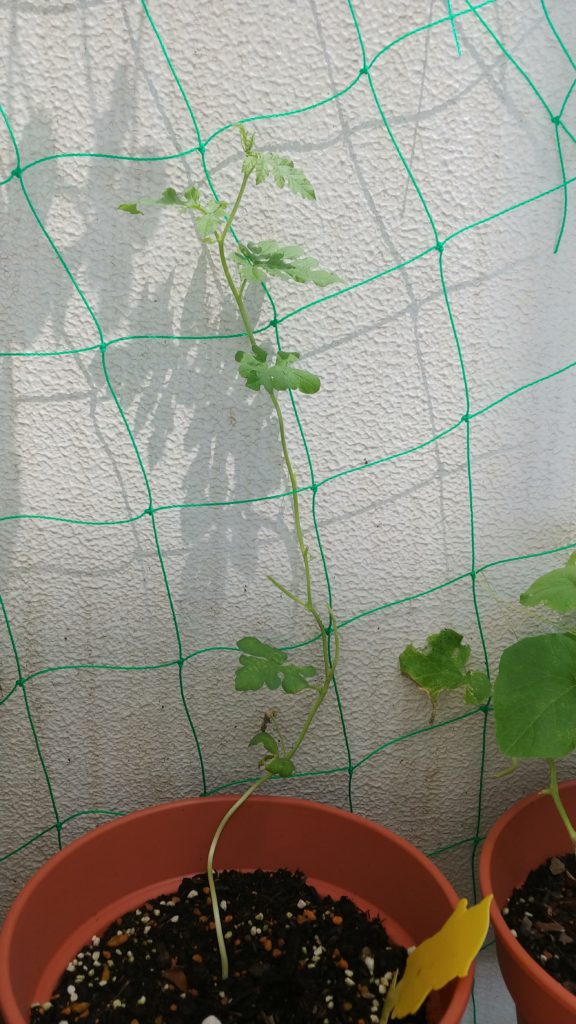To native English-speaking people, Japanese poses several challenges. In fact, the Foreign Service Institute put it in the top-four hardest languages for us to learn as a second language.
Japanese earns this place of honor largely for its writing systems.
Yes, systems plural.
While English enjoys one writing system (the alphabet), Japan decided it’d be fun to mix three writing systems together, which they do all the time. You can actually see all three in action in one sentence.
For example: ここでサインして下さい。(Please sign here)
Here’s a quick breakdown of the writing systems.
Hiragana ひらがな
This is the first writing system people in Japan learn. Every symbol represents one sound only, which is easier than the alphabet in many respects (I’m looking at you, letters A, and C).
Katakana カタカナ
This is the second writing system, and it’s mainly used to put foreign words into Japanese. This isn’t the only reason for its use, but I think it’s the main one. Just like with hiragana, each symbol represents only one sound. There is one katakana symbol for every hiragana symbol.
Kanji 漢字
This is where many people want to just throw in the towel with Japanese. Each Chinese-imported character represents not only sounds (and the sound can change depending on the surrounding Chinese characters), but ideas. For example, 木. You can read it as “ki”, and it means “tree.”
It might help your mind to know right now that there is kanji for almost every noun you can think of. Even if Japanese usually write coffee as コーヒー (in katakana), you’ll often see older coffee houses writing the word as 珈琲 (coffee) on their store signs. There’s kanji for everything.
Tips
Sounds – It’s important to understand that Japanese has a pretty bare selection of sounds it can make compared to English. That’s why it’s just plain wrong to pronounce “karaoke” as “care-ee-oh-key” because Japanese symbols only have one sound per symbol. Karaoke is written as カラオケ in katakana (“empty orchestra”), where the カ symbol can only be read as “kah”, ラ can only be read as “rah”, オ can only be read as “oh” and ケ can only be read as “kay.” Together, you get “kah-rah-oh-kay.” If you can figure this out early on in your studies, you will swiftly master pronunciation.
I think the best way to learn how to properly pronounce Japanese is to listen to it as much as you can. Just like the way babies learn. Even if you’re not a fan of anime, try to find a TV drama, a movie or a TV show in Japanese that you can listen to with subtitles. It’ll help you listen to the rhythm and ways of speaking the language. If there’s a Japanese club nearby or a language exchange, go for it.
I know of a lot of native English-speaking people who brag about how easy it is to pronounce Japanese, only to sound exactly like an English-speaking person trying to speak Japanese. Your goal should be to sound Japanese. My favorite challenge is to try fooling people on the phone into thinking I’m a native Japanese person. I’ve found that people who are good at music tend to be good at copying pronunciation for various languages. That’s just what I’ve found anyway.
Writing hiragana and katakana – This is painful, but the sooner you can ingrain hiragana and katakana into your head, the better. I’ve heard of some Japanese classes sticking with Romanized Japanese for far too long. Writing out Japanese in Roman lettering will not help you out here that much. Even if you never master kanji, at least being able to write out things like “I’m lost” or “Where is the station?” in hiragana or even katakana will vastly improve your odds of the average Japanese person helping you.
The Japanese way of learning is to write each symbol over and over again until you can write it in your sleep. Do whatever you can to memorize each one. More and more handwriting is getting worse here, and people’s expectations of your writing abilities are low, but if you really want to become a master calligrapher, then I recommend finding some children’s hiragana/katakana workbooks online and copying what you see. Stroke order in Japanese is important so pay attention to that, too. This is all about precision and beauty.
Learning kanji – Another painful thing to learn, but again it’s all about memorization. It really helps, I think, to read children’s books where they put the way to read kanji (in hiragana, which they call “furigana”) above the actual kanji. Manga meant for younger people also usually put the furigana above all the kanji. This helps you remember how to read a lot of the kanji. Flash cards also helped me a lot, as did writing the words over and over again. To really get kanji to soak into your brain, you really need to make it a part of your life. I also love that a lot of Japanese TV shows will, for some reason, write out what the person on the screen is saying, as they’re saying it. It’s like they put closed-captioning on everything. This immensely helps me learn how to read kanji. Again, stroke order is king here.
Dictionaries – I know many people like to buy electronic dictionaries, but I am going to confess to you here that I have gotten to a passing level of Japanese with the help of Nihongodict.com. They are definitely not paying me to write this, but I love them. It’s a free online dictionary that I’ve been using for years and years, and it’s gotten me to where I am today. So thank you, people at Nihongodict.com
Beyond that, kanji dictionaries can definitely help. I wouldn’t really bother with hiragana and katakana ones beyond children’s workbooks (I have learned to never think children’s books are beneath me when learning a second language). I also love reading manga (mostly heart-warming romances). You’d be surprised to find there’s a manga basically for any interest you can think of. I’m sure there’s a gardening one out there I’ve missed.



